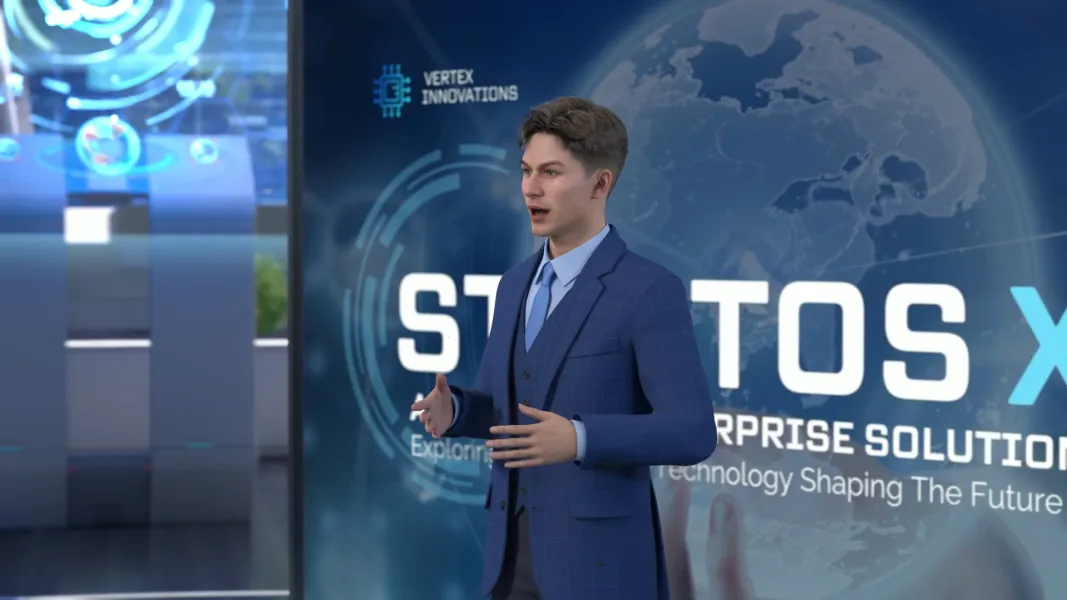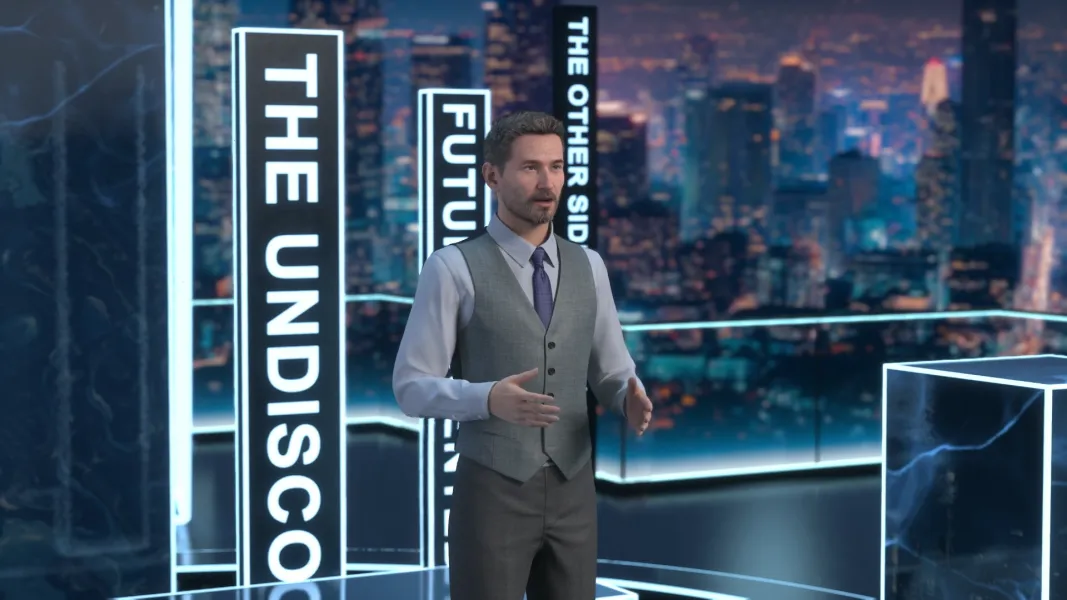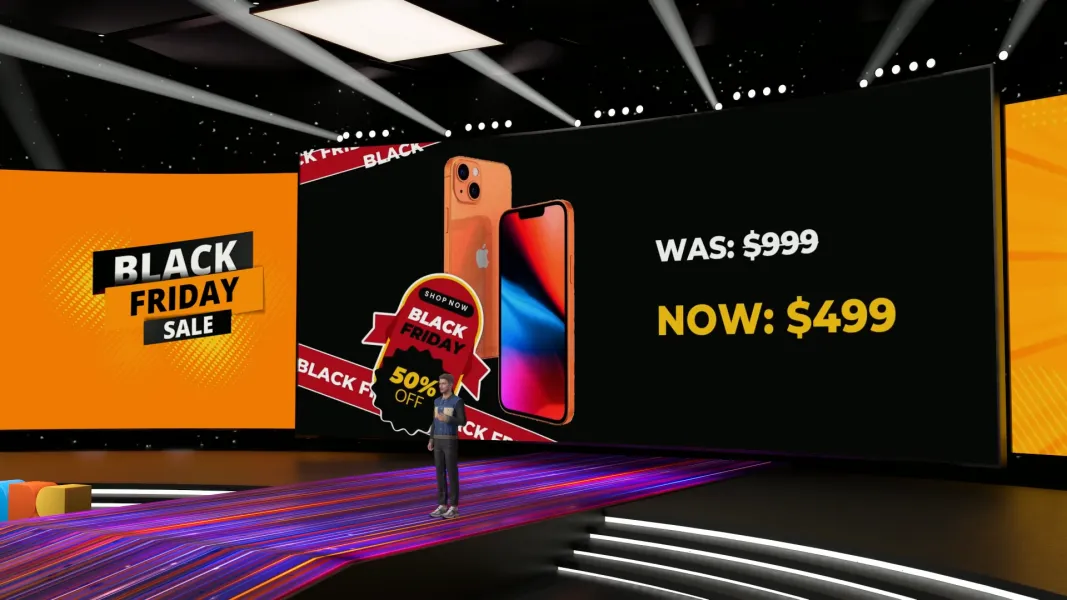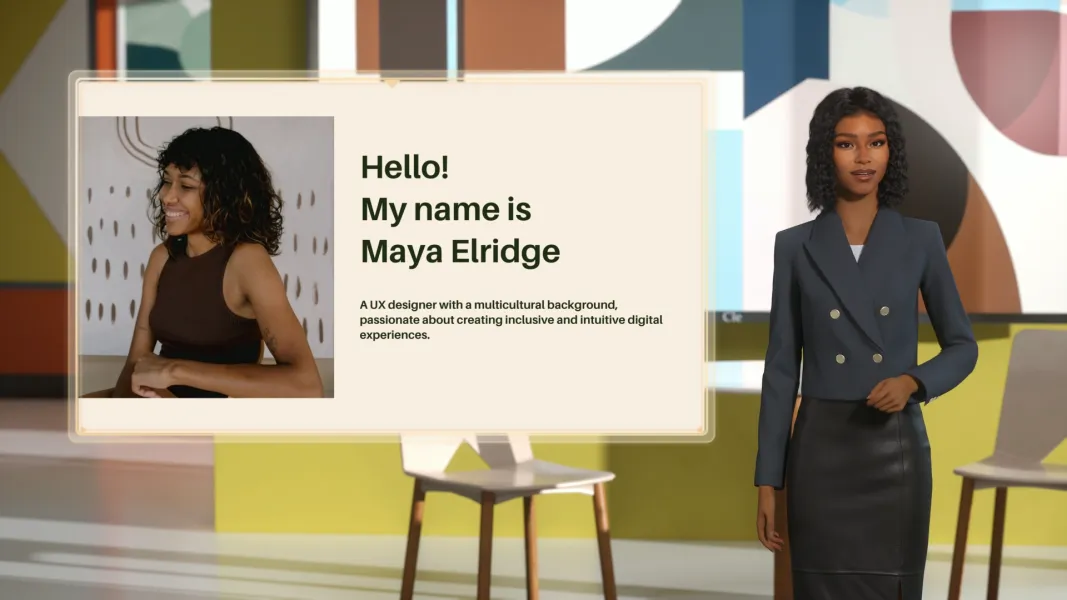Sales Strategy Training
Learn key strategies to boost your sales performance and close more deals effectively.
Video Script
Hello everyone, welcome to the Sales Skills Training. I'm Slim. Today we'll decode sales techniques to help you become champions
through three key sections: Core Sales Mindset、Key Sales Techniques and Customer Management Strategies.
First, let’s discuss the “Core Sales Mindset.” Sales isn’t just about closing deals; it’s about creating long-term value for customers.
Customer needs fall into four categories: explicit needs, implicit needs, pain points, and expectations. By analyzing them with the "Four Quadrants of Needs," we can identify real opportunities.
Next, we must focus on long-term value. Short-term deals may seem profitable, but they come with a 70% churn rate. In contrast, long-term clients contribute significantly annually and generate 30% referral opportunities. Sales isn’t about quick wins—it’s about sustained value creation.
Finally, shift from "product features" to "customer benefits." For example, a smart device’s "high-precision sensor" is just a feature, but "cutting your costs by 50%" is what matters to clients. Top sellers don’t pitch specs; they deliver solutions.
Mastering key sales techniques can make communication more effective.
The first 60 seconds of a conversation are crucial. You can break the ice quickly by resonating with pain points or citing industry trends.
Don’t forget non-verbal skills: maintaining open body language and mirroring the client’s speech pace and gestures can build trust rapidly.
Asking the right questions is key to guiding the client. Open-ended questions help uncover deeper needs, closed-ended questions lock in their answers, and leading questions drive the deal to closure.
During the closing phase, anchoring and risk reversal are powerful tools. For example, when presenting pricing, start with a high-value option: "The VIP edition is originally $1500, but this month’s special offer is $1200," then compare it to the standard version—this makes the offer more appealing.
Additionally, phrases like "30-day no-questions-asked refund" or "Pay the final installment only if satisfied" can effectively ease the client’s concerns.
Finally, “Customer Management” focuses on sustained growth.
For B2B clients, it's essential to understand the decision chain: users, influencers, decision-makers, and approvers. For B2C clients, distinguish between emotion-driven and logic-driven types. During negotiations, conditional concessions and presenting alternatives help maintain control.
Enhancing customer loyalty can be achieved through "peak-end experience" design—for instance, offering a customized report upon delivery plus 30-day dedicated support.
Additionally, a referral program is equally important. A simple phrase like "Refer a friend and both get ¥1,000 vouchers upon signing" can create a win-win multiplier effect.
Remember, the essence of sales is "solving the customer's problems in the way they want." Whether it's developing long-term thinking, refining communication skills, or implementing sophisticated customer management—it all comes down to building trust and creating lasting value.
Thank you for your attention! Looking forward to seeing you next time.
More
 Rendora Studio
Rendora Studio











